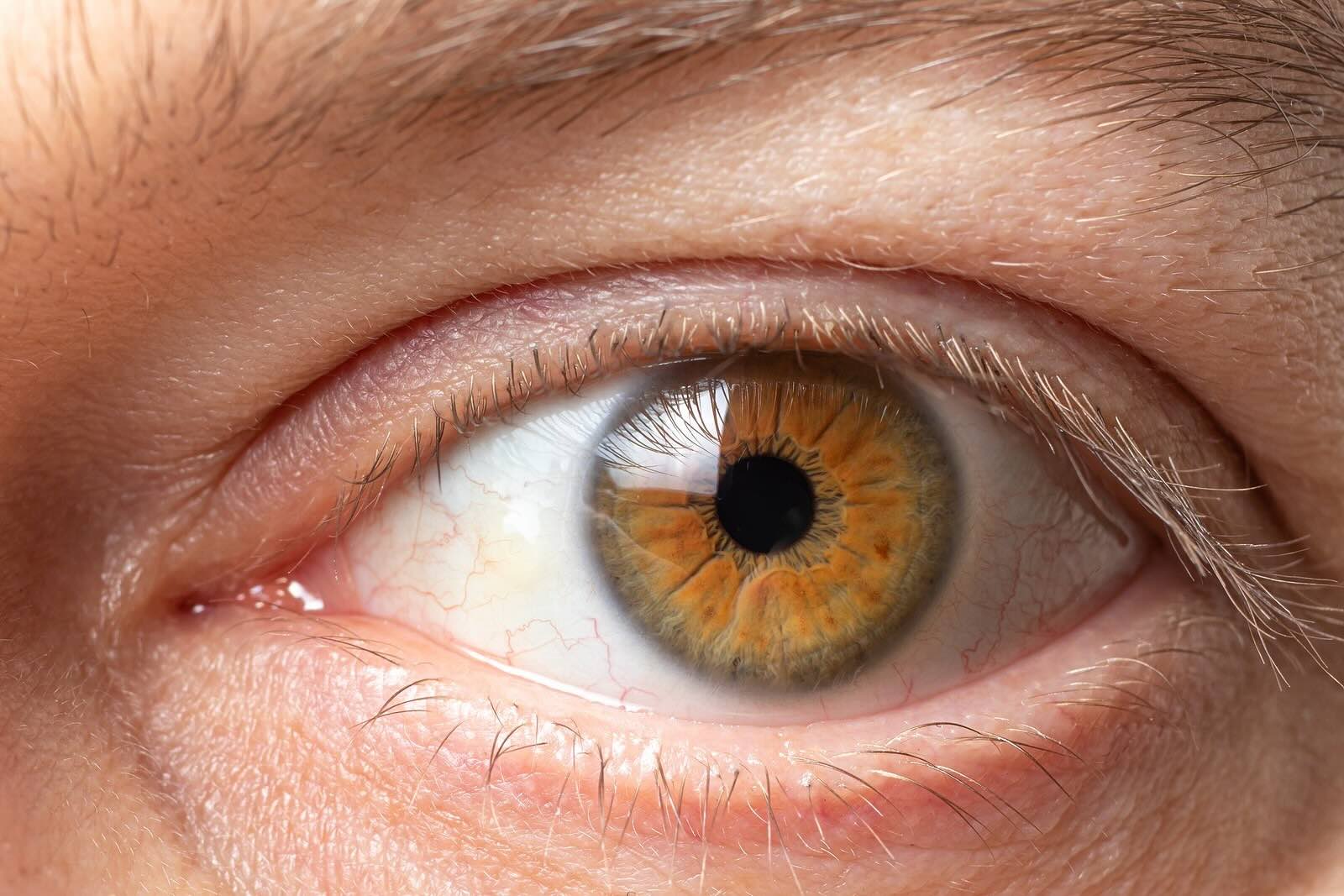
What is the cornea? The cornea is the clear, dome-shaped surface that covers the front of the eye. It plays a crucial role in focusing your vision by bending light as it enters the eye. Think of it as the eye's window, allowing you to see the world clearly. Without a healthy cornea, vision can become blurry or distorted. This transparent layer also protects the eye from dust, germs, and other harmful particles. It's fascinating how something so small can have such a big impact on how we see. Ready to learn more about this vital part of your eye? Let's dive into some amazing facts about the cornea!
What is the Cornea?
The cornea is a transparent, dome-shaped surface that covers the front of the eye. It plays a crucial role in focusing your vision. Here are some fascinating facts about this vital part of the eye.
- The cornea is the eye's outermost layer, acting as a barrier against dirt, germs, and other particles.
- It is composed of five layers: the epithelium, Bowman’s layer, stroma, Descemet’s membrane, and endothelium.
- The cornea is avascular, meaning it has no blood vessels. It gets oxygen directly from the air.
- It is one of the most sensitive tissues in the body, containing thousands of nerve endings.
- The cornea contributes to about 65-75% of the eye's total focusing power.
Functions of the Cornea
The cornea does more than just protect the eye. It has several essential functions that contribute to clear vision.
- It helps to focus light onto the retina, allowing you to see clearly.
- The cornea filters out some of the sun’s ultraviolet light, protecting the inner eye.
- It works with the lens to refract, or bend, light to help the eye focus.
- The cornea maintains the shape of the eye, which is crucial for proper vision.
- It acts as a barrier to protect the eye from infections and injuries.
Corneal Health and Diseases
Maintaining corneal health is vital for good vision. Various diseases and conditions can affect the cornea.
- Keratitis is an inflammation of the cornea, often caused by infection.
- Keratoconus is a condition where the cornea thins and bulges outward, leading to distorted vision.
- Corneal ulcers are open sores on the cornea, usually resulting from infections.
- Fuchs' dystrophy is a genetic disorder that causes the corneal endothelium to deteriorate.
- Dry eye syndrome can affect the cornea, leading to discomfort and vision problems.
Corneal Transplants and Treatments
When the cornea is damaged, various treatments and surgeries can help restore vision.
- Corneal transplants, or keratoplasty, involve replacing a damaged cornea with a healthy donor cornea.
- LASIK surgery reshapes the cornea to correct refractive errors like myopia, hyperopia, and astigmatism.
- Corneal cross-linking is a treatment for keratoconus that strengthens the cornea by using UV light and riboflavin.
- Artificial corneas, or keratoprostheses, can be used when a donor cornea is not available.
- Eye drops and medications can treat minor corneal conditions and infections.
Interesting Facts About the Cornea
Here are some more intriguing tidbits about the cornea that you might not know.
- The cornea is one of the few tissues in the human body that can be transplanted without fear of rejection.
- It is the fastest healing tissue in the human body, often repairing minor injuries within 24-48 hours.
- The cornea has a refractive index of about 1.376, which helps it bend light effectively.
- It is about 0.5 millimeters thick in the center and 0.6 millimeters thick at the edges.
- The cornea is responsible for about two-thirds of the eye's optical power.
Cornea in Different Animals
The cornea is not unique to humans; many animals have fascinating corneal features too.
- Sharks have corneas similar to humans, which are sometimes used in corneal research.
- Cats and dogs have a third eyelid, or nictitating membrane, that helps protect their corneas.
- Birds have a highly curved cornea, which helps them see clearly at different distances.
- Frogs can retract their eyes into their heads, which helps protect their corneas while eating.
- Some fish have a flat cornea, which helps them see clearly underwater.
Future of Corneal Research
Research on the cornea continues to advance, promising new treatments and technologies.
- Scientists are exploring the use of stem cells to regenerate damaged corneal tissue, potentially offering new hope for those with corneal diseases.
The Final Word on Corneas
Corneas are truly fascinating. They’re the clear, dome-shaped surface that covers the front of the eye, playing a crucial role in vision. Without them, light wouldn’t be able to enter the eye properly. They’re also unique because they don’t have blood vessels, which helps keep them clear. Instead, they get nutrients from tears and the aqueous humor. Corneal transplants are one of the most common transplant surgeries, giving sight back to thousands each year. Fun fact: sharks' corneas are so similar to humans' that they’ve been used in eye surgery. So next time you blink, remember the incredible work your corneas are doing. They might be small, but they’re mighty. Whether you’re fascinated by science or just curious about how your body works, the cornea is a perfect example of nature’s engineering at its best.
Was this page helpful?
Our commitment to delivering trustworthy and engaging content is at the heart of what we do. Each fact on our site is contributed by real users like you, bringing a wealth of diverse insights and information. To ensure the highest standards of accuracy and reliability, our dedicated editors meticulously review each submission. This process guarantees that the facts we share are not only fascinating but also credible. Trust in our commitment to quality and authenticity as you explore and learn with us.
